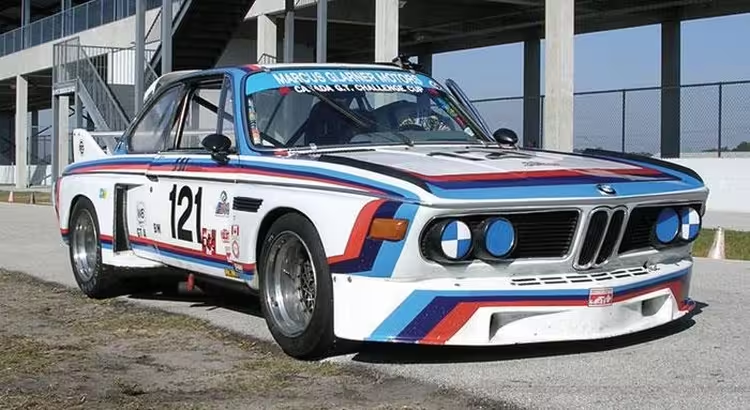Unless you’re into experimental industrial music, you probably wouldn’t want to listen to a violin concerto next to a busy freeway. It just wouldn’t sound very good. You need the proper location to enjoy the sweet music that a violin can make—a quiet concert hall, for example.
Most things in life work best in the appropriate environment, where strengths are played to …
M-Background
BMW Motorsport’s first success came with the CSL coupe in the European Touring Car Championship.
BMW’s M, or Motorsport, is a unique operation. As a wholly owned subsidiary of BMW, Motorsport supports private BMW racing teams, conducts factory racing programs and creates high-performance components for BMWs. But Motorsport’s most visible products these days are its line of special high-performance M-designated BMWs.
The first car released with an M badge was the M1 in 1979, but the M story starts nearly 10 years earlier. BMW Motorsport GmbH, formed in 1972 and headed by Jochen Neerspach, was set up to guide and aid BMW’s motorsports effort around the globe.
The first project was to turn the BMW CSL coupe into a winner in the European Touring Car Championship. Ford had been atop this series in the early ’70s with their Capris, but by 1973 the CSL, an M-modified, lighter version of the 3.0CS coupe, began dominating the ETCC. BMW won that championship from 1973 through 1979.
The CSL, or “Batmobile” as it came to be known because of its then-radical wings, also came to the U.S. In IMSA competition, the CSL won the Sebring 12-hour race in 1975 and the 24 Hours of Daytona in 1976.
After this feat, BMW Motorsport switched gears and started developing tuned versions of BMW’s production sedans. Starting with the BMW 5 Series, the M Company was formed to build pseudo-factory hotrods out of many of BMW’s most popular cars. The legendary M535i, M5 and M635CSi were built throughout the ’80s, while the non-production-based M1 supercar was also produced until the early ’80s.
In 1986, these first four models were joined by the four-cylinder, E30-chassis BMW M3. (This car didn’t come to the U.S. until 1988.) The original plan was to build 5000 of these two-door…
Click Here to Read the Full Original Article at Grassroots Motorsports Online Articles…

